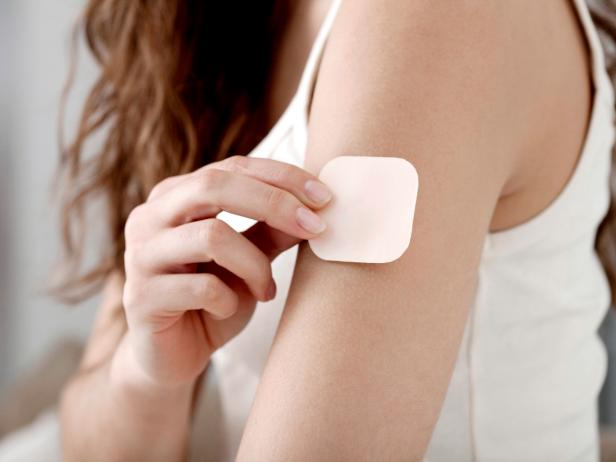
The wellness industry is constantly innovating, with an array of products claiming to enhance health and provide essential nutrients in novel ways. Among these, vitamin patches have emerged as a trendy alternative to traditional supplements like pills and powders. But the question on many health-conscious minds is: Do they really work?
What Are Vitamin Patches?
Vitamin patches are small adhesive patches infused with vitamins and other nutrients designed to be placed on the skin. The theory is that, by doing so, the nutrients will be absorbed transdermally, or through the skin, directly into the bloodstream. From vitamin D to B12 and multivitamins, these patches come in various formulations, promising benefits ranging from increased energy to improved overall health.
How Do Vitamin Patches Supposedly Work?
Transdermal patches are not an entirely new concept; the medical field has used them for decades in the form of nicotine patches for smoking cessation and hormone patches for birth control. The skin acts as an efficient barrier protecting the body from external threats, but it also has the capacity to absorb certain substances.
Vitamin patches are designed to exploit this capability. The idea is that the heat from your skin will gradually melt the patch, releasing the vitamins and allowing them to permeate through the skin’s layers and into the capillaries, leading to systemic distribution.
The Debate Over Efficacy
Pros:
- Convenience: Vitamin patches are easy to use and can be a good alternative for people who have difficulty swallowing pills or those who have digestive issues that might impede absorption of oral supplements.
- Steady Absorption: Proponents of the patches claim they offer a more consistent absorption rate as the nutrients are released slowly over time.
Cons:
- Limited Research: Skeptics argue that there is not enough scientific research to validate the efficacy of vitamin patches. The skin’s primary function is to act as a barrier, and it’s not clear if it allows various kinds of nutrients to be absorbed effectively in this way.
- Variability in Absorption: Factors such as the location of the patch, the wearer’s skin type, their body temperature, and even the specific nutrient formula can all impact how well the vitamins are absorbed.
What Does Science Say?
While anecdotal evidence from users might suggest some level of efficacy, the scientific community largely remains unconvinced due to a lack of comprehensive, peer-reviewed studies on vitamin patches. A major concern is the lack of FDA regulation for these products, as they are typically marketed as supplements which do not require FDA approval.
It is also important to note that the molecular size of the vitamins and the skin’s permeability are pivotal factors in determining whether or not a particular nutrient can be effectively absorbed transdermally. Some small molecules, such as nicotine and certain hormones, have been proven to pass through the skin barrier, but this may not be the case for all vitamins and minerals.
Conclusion
The theory behind vitamin patches is both innovative and appealing, offering a discreet and convenient way to take supplements. However, with insufficient scientific backing and regulatory oversight, it remains unclear just how effective they are. It’s worth noting that individual experiences may vary and that some people may feel benefits, whether through placebo effects or actual nutrient absorption.
For those considering vitamin patches as a supplement option, it is recommended to consult with a healthcare professional to assess the need for supplementation and discuss the most effective methods for individual health requirements.
Remember that, as with any health product, it’s crucial to approach vitamin patches with a critical eye and informed perspective. With scientific research still catching up, consumers should stay tuned for more conclusive evidence in the future.



